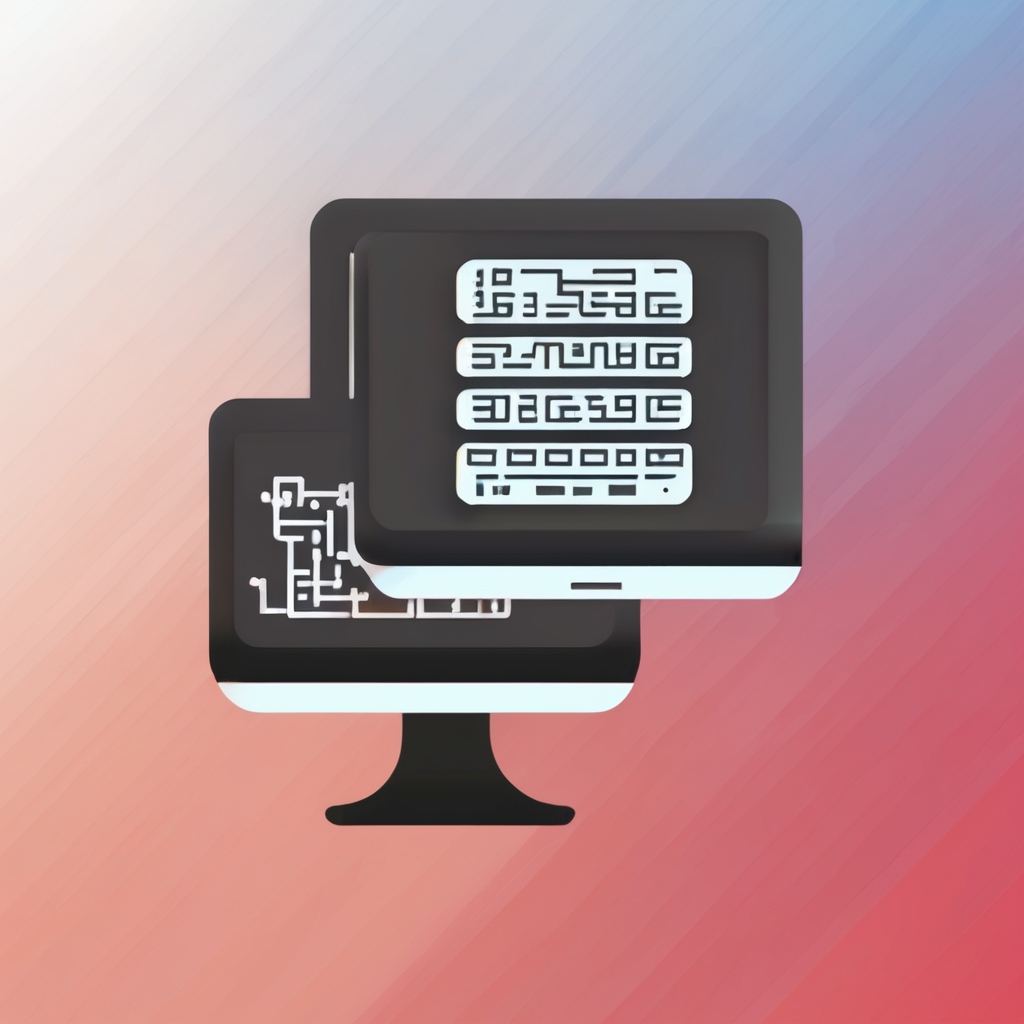Practical Steps to Optimize Internet Speed for Better Computing Performance
To optimize internet speed effectively, start by adjusting your router placement. Positioning your router in a central, elevated location minimizes obstacles and maximizes signal strength. Avoid placing it near thick walls or electronic devices that can cause signal interference.
Upgrading your hardware can dramatically improve computer performance over the internet. Investing in a modern router that supports the latest Wi-Fi standards ensures higher bandwidth and more stable connections. Likewise, ensure your computer’s network card is compatible with these standards to fully leverage faster speeds.
Also to see : How is the UK government supporting the development of smart cities?
Another key step is reducing interference from other devices and nearby networks. Devices like microwaves, cordless phones, and baby monitors often operate on frequencies that disrupt Wi-Fi signals. Switching to less crowded Wi-Fi channels or employing wired Ethernet connections can alleviate this interference, providing smoother and faster connectivity.
These actionable tips combine to create a reliable environment for both work and entertainment, ensuring your devices deliver peak performance via optimized internet speed.
Also to read : How is the UK education system adapting to tech industry demands?
Managing Network Settings and Connected Devices
Optimizing your connection for peak performance
Adjusting your network settings can significantly improve your internet speed and reliability. Begin with modifying basic settings like changing your Wi-Fi channel to reduce interference or updating your router’s firmware to enhance performance. Advanced options, such as adjusting the transmission power or enabling 5 GHz band usage, can also help boost connectivity.
To manage connected devices, limit the number of active connections. Each device consumes bandwidth, so reducing unnecessary devices helps maintain faster speeds for priority activities like streaming or gaming. A practical approach is to regularly review your device list and disconnect those not in use.
Implementing Quality of Service (QoS) settings enables you to prioritize traffic. For example, you can assign higher priority to video calls or online gaming, ensuring smoother experiences despite multiple devices online. Many routers offer easy-to-configure QoS options, allowing you to balance bandwidth effectively across your household or office.
By thoughtfully managing network settings and connected devices, you unlock better speed optimization and improved overall network performance.
Importance of Regular Updates and Security Measures
Keeping your device current through software updates is crucial. Updating operating systems, firmware, and drivers not only resolves bugs but also enhances overall performance improvement. These updates often include vital security patches that protect against new internet threats, reducing vulnerabilities that hackers might exploit.
Securing your network plays an equally important role in maintaining smooth functionality. A weak or unprotected network can allow unauthorized access, which often leads to slower internet speeds and compromises your data security. Implementing strong passwords, firewalls, and encryption ensures your connection remains safe.
Monitoring background processes is essential for understanding bandwidth usage. Some applications or devices may consume excessive bandwidth without obvious signs, resulting in sluggish performance. Tools that track real-time bandwidth give you insight, allowing you to identify and address hidden drains effectively.
In summary, regular software updates, proactive internet security, and diligent bandwidth monitoring work collectively to safeguard and optimize your device and network performance. Ignoring these aspects can lead to performance issues and security risks, impacting your online experience.
Tools and Resources for Diagnosing and Enhancing Internet Speed
Understanding and improving internet performance
Speed testing tools are essential for a precise measurement of your connection’s performance. Reliable, free options like Speedtest by Ookla or Fast.com provide accurate results on download, upload, and latency metrics. Using these tools multiple times throughout the day helps detect fluctuations or persistent issues.
When diagnosing internet speed problems, a systematic approach is vital. Start by testing with a wired connection to rule out Wi-Fi interference. Next, check your router’s status and placement. Run diagnostics to identify bottlenecks, such as outdated hardware or ISP throttling. Monitoring your network traffic also reveals any device or application consuming excessive bandwidth.
Internet enhancement resources include software designed to optimize network efficiency. Tools like QoS (Quality of Service) settings on routers prioritize critical traffic, while apps can manage background processes that hog bandwidth. Updating firmware and drivers also ensures your equipment runs optimally. Combining these resources with regular speed testing boosts overall connectivity and user experience effectively.
Frequently Asked Questions: Internet Speed and Computing Performance
Understanding the impact of internet speed on your computing experience is crucial. Internet speed directly influences tasks like streaming, video calls, downloading files, and cloud computing. For example, slow internet can cause buffering or lag during video conferences, frustrating everyday use. Fast, stable internet ensures smooth performance, especially with modern web applications.
If basic troubleshooting internet speed and optimization tips don’t improve your connection, it often indicates more complex issues. Start by rebooting your router and checking for background apps consuming bandwidth. If problems persist, testing your speed with a reliable online tool can pinpoint inconsistencies. Clearing cache and disabling non-essential browser extensions can also help. Remember, your device’s hardware can impact perceived speed; older devices might be bottlenecks despite good internet.
Knowing when to contact your ISP or upgrade your internet plan requires assessing your usage needs. If speed tests show your connection regularly falls below the plan’s advertised rate, your ISP might resolve technical faults. However, if your usage has increased (more devices, streaming 4K, gaming), upgrading to a higher-speed plan may be the best long-term solution to maintain optimal computing performance.
